Our Pre-K through fifth-grade programs are filled with fun learning activities that teach about our natural world, ecosystems, adaptations, interdependence, and more. We also offer special programs that include topics such as black bears, frogs, spiders and more. These programs are typically scheduled by grade level.
Multi-age homeschool groups can visit on their own or schedule a program. It is recommended to contact the office in advance whenever bringing a group of children to the Trout Lake Nature Center to be sure facilities are available for your planned activities.
Programs can be developed for middle and high school level classes upon request.
These 2-3 hour programs are usually $7 per student (minimum of $140). The maximum number of students is no more than 50 per day. Typical number of classes per day is 2 but in some cases is increased to 3 classes to accommodate an entire grade level. Reservations must be made in advance.
Note: The Trout Lake Nature Center is primarily a wetland habitat which mean mosquitoes may be an issue during your visit. During wet conditions or after heavy rains, the mosquito population will normally increase. Teachers should suggest parents spray their children or use other means to keep mosquitoes at bay. TLNC staff does use thermacells to help reduce the mosquito population and works with mosquito control. Mosquitoes are a part of any healthy Florida wetland habitat.
Learning Experience Listing
By Grade Level
Pre-K Focus—Real and Living: Students will understand what animals need to survive in the forest and the signs they leave behind for us to discover. They will also learn the difference between real and unreal, living and non-living things using puppets, wildlife mounts, and education animals. This focus area typically has 4 learning groups.
Kindergarten Focus—Organization and Development of Living Things: Students will observe plants and animals and describe how they are alike and how they are different. Students will learn about predator-prey relationships, and how different animals respond to stress. Students will recognize that some books and other media portray animals and plants with characteristics and behaviors they do not have in real life. This focus area typically has 4 learning groups.
First Grade Focus—Plants: Students will develop a basic understanding of the life cycle of plants and trees, and what role the sun and water play in the life of a plant. A tree is a living thing making its own food (using the sun’s energy) and providing food, shelter and other materials to animals and people. This focus area typically has 4 learning groups.
Second Grade Focus—Interdependence: Students will understand that all living things have basic needs that must be met for survival. Living things are found all over, under, and above Earth, but each is only able to live in habitats that meet its basic needs. This focus area typically has 4 learning groups.
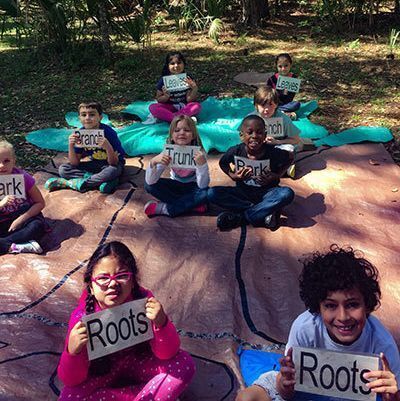
Third Grade Focus—Classifying Invertebrates and Vertebrates: Students learn to classify animals into major groups, including vertebrates and invertebrates. Students will also look at physical characteristics and behaviors such as body coverings, warm and cold bloodedness, and physical size. This focus area typically starts with an activity done as a large group then splits into 3 learning groups.
Fourth Grade Focus—Interdependence/Heredity: Students will learn how plants and animals are interdependent and how they and humans can impact the environment. Using Florida panthers, students learn about heredity and reproduction. This focus area typically has 3 learning groups.
Fifth Grade Focus—Weather: Students will learn about the different weather instruments used to measure or predict the weather. They will learn how to make various weather observations and collect weather data. Students will learn about four types of clouds (cumulus, cirrus, stratus and cumulonimbus) as they relate to weather. This focus area typically has 3 learning groups.
Special Learning Experience Listing
by Program
Special programs were developed to teach about local wildlife or environmental resources. They are both fun and educational and easily adapted for use by scout troops, 4-H groups, and Boys and Girls clubs. They can also be used for special events, such as birthday and holiday parties.
Birds: Students learn about the different types of food different bird species use, how birds are able to fly (Bernoulli's Principle), bird nests and why eggs are shaped as they are. This focus area typically has 3 learning groups.
Bugged Out: Spiders and Insects: Through discovering spider senses, students learn how these senses are used to detect food or a friend through a spider web game. They take a bug safari on the trails and learn what types of ecosystems each spider inhabits. Spiders come in all shapes and sizes, students learn about the many spider adaptations that help them survive. Each student also learns how spiders produce silk and spin a web of their own. This focus area typically has 4 learning groups. (Note: Spiders are more easily found from September - November.)
Hoppin’ Around: Frogs and Toads: Frogs are indicators or environmental health and students learn about factors that are contributing to their decline. They learn how sound is used by frogs to find each other and take a hike to find frogs. This focus area typically has 4 learning groups.
The Bear Facts: Bears are common in Central Florida and students should learn about this magnificent native carnivore and predator. Through an educational game, students learn what a bear eats and needs to survive in Florida. Students travel the TLNC trails finding items that a bear would use to survive. Students conduct a discussion on what all living things need to survive and a bear’s specific needs. Through examining bear artifacts such as skulls, claws, scat, and more, students learn about bear adaptations or characteristics that make them such good survivors in Florida habitats. This focus area typically has 4 learning groups.
What Lies Beneath - Our Floridan Aquifer: Students investigate the Floridan aquifer using a groundwater model. This model helps students understand how groundwater moves, springs flow and pollution travels underground. They learn about the soils of Lake County and perform percolation tests. In addition, they test the waters of Trout Lake to determine what can live there. This focus area typically has 3 learning groups.
Wondrous Watersheds: Using an augmented-reality watershed model, students learn about watershed functions, point and non-point pollution and best management practices or BMPs to protect our surface water. Students assemble a watershed floor puzzle and assume the role of home and business owners in our watersheds. In addition, they test the waters of Trout Lake using test strips and macroinvertebrates to determine what can live there. This focus area typically has 3 learning groups.
Water World: Students examine and record the macroinvertebrates found in Trout Lake. By traveling back in history, students complete an activity that teaches about the value of water and the difficulties encountered by early settlers in obtaining water. Students will also learn how multiple users of water resources can affect water quality and quantity. This focus area typically has 3 learning groups.
Scheduling Learning Experiences
To schedule an educational but fun field experience for your class, home school group or youth organization, contact Claudia Rowe, TLNC.info@gmail.com or call 352-357-7536.
Available Dates for Scheduling On-site Programs
Our Sponsors and Partners
-
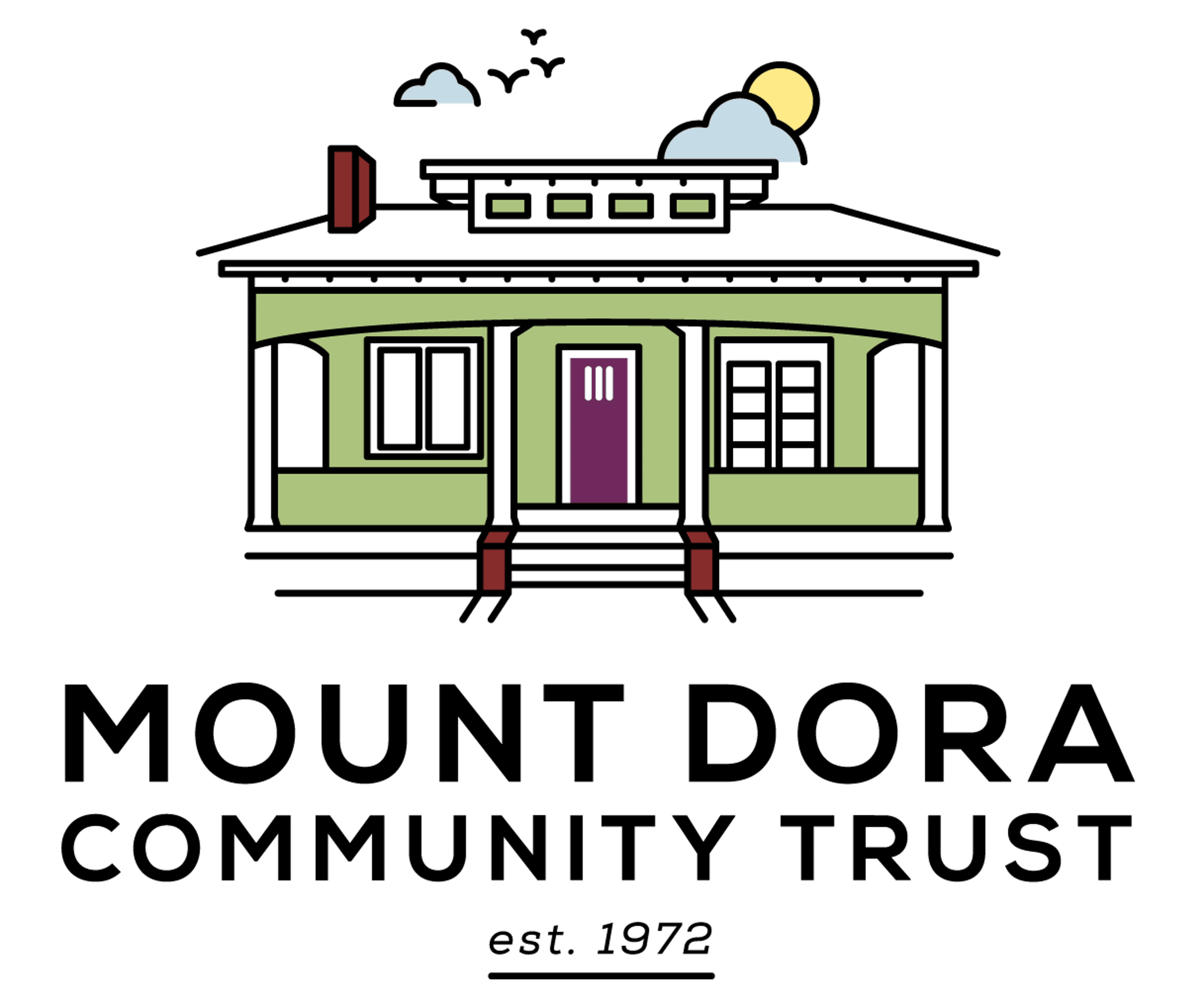
-
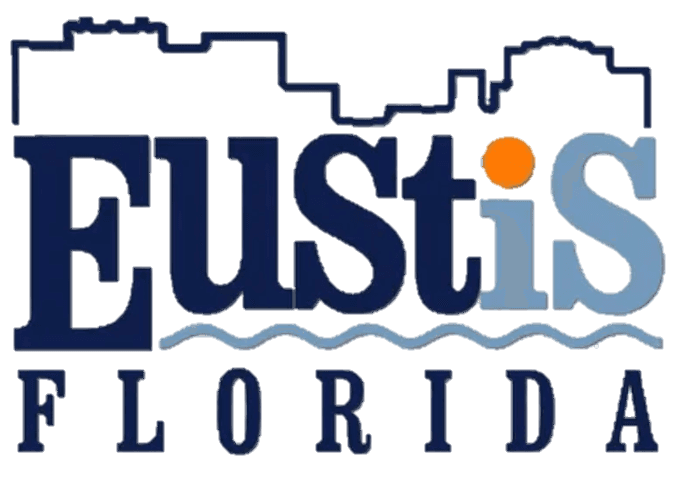 City of Eustis
City of Eustis -
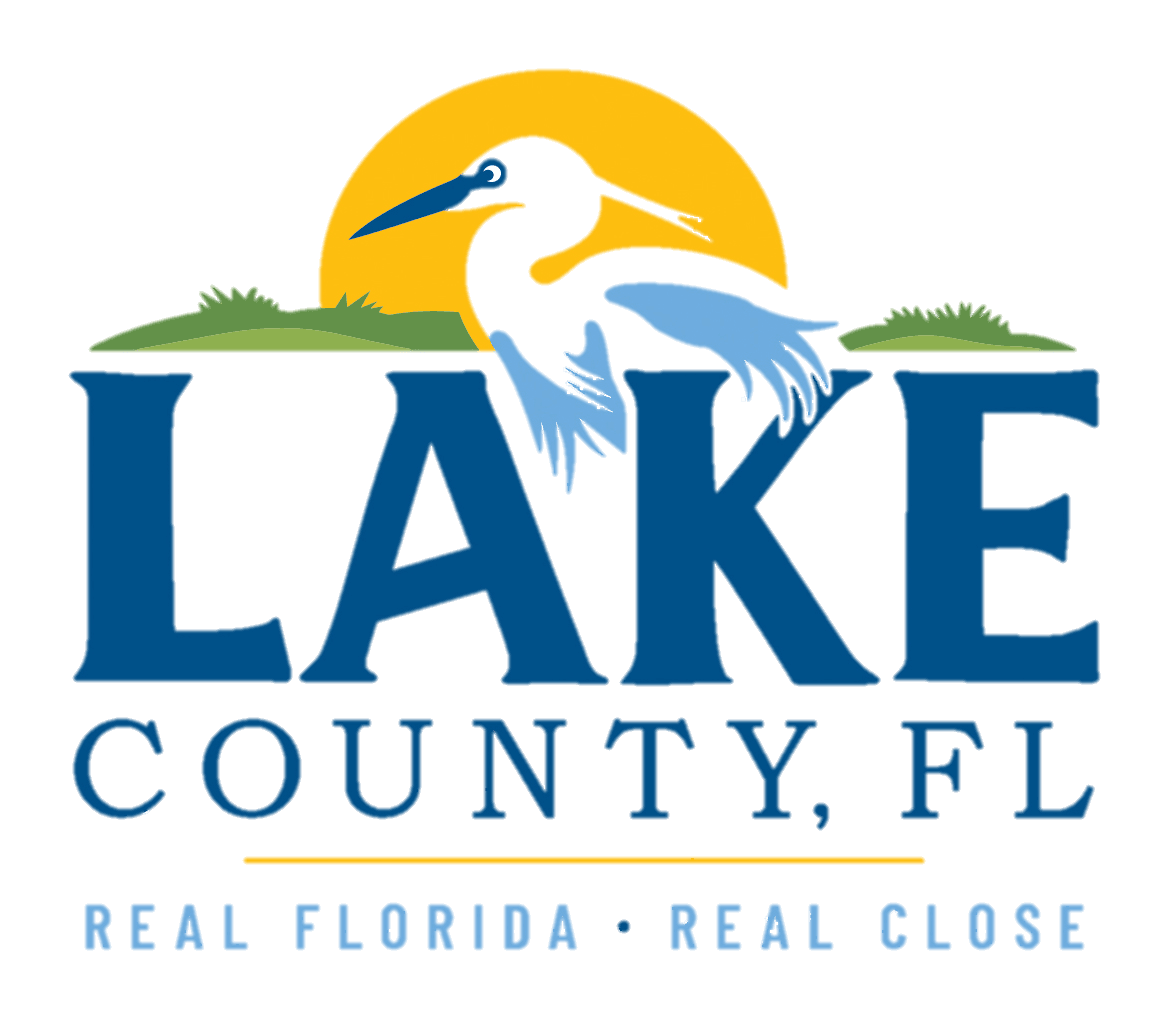
-
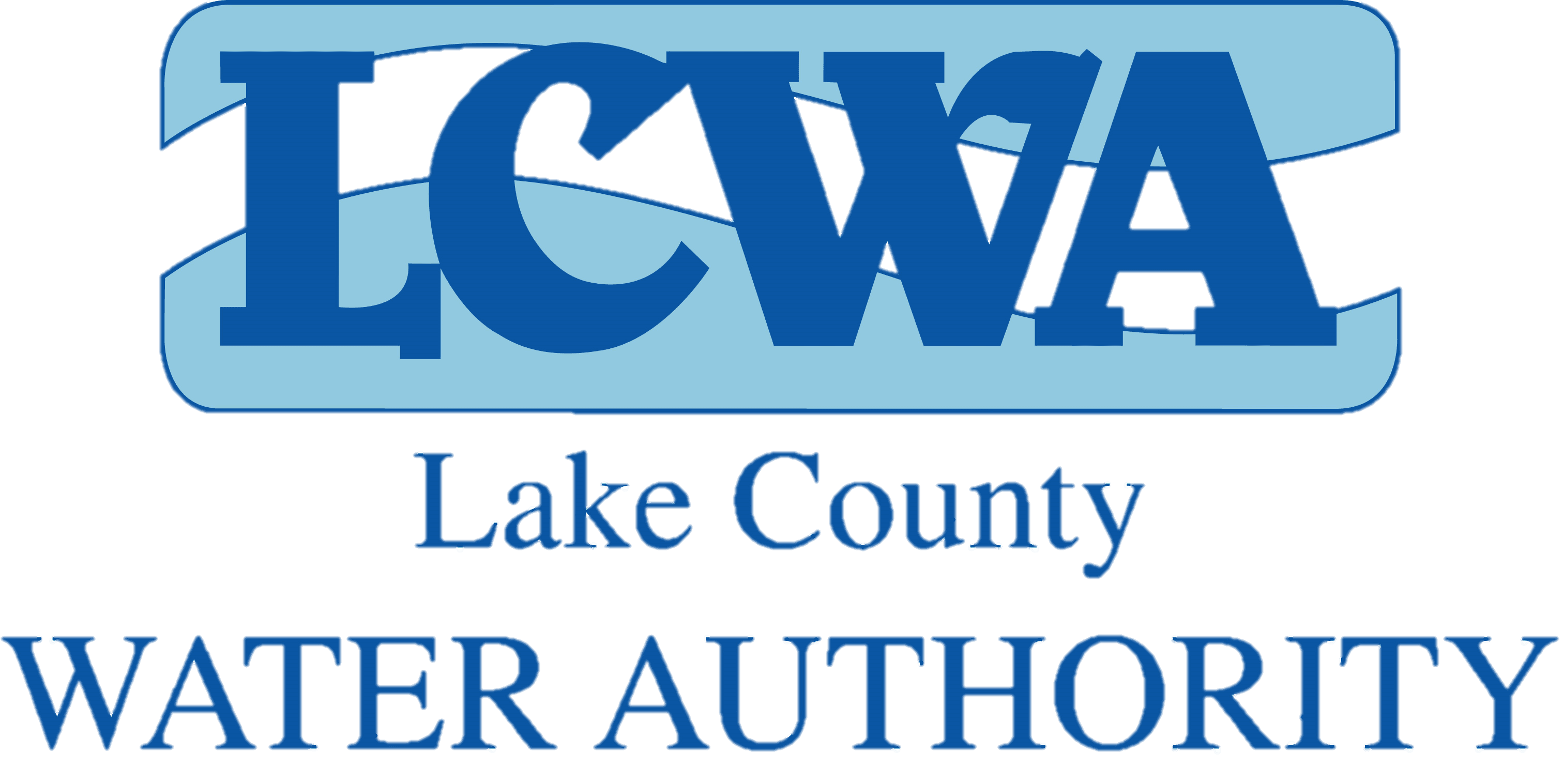 LCWA logo
LCWA logo -
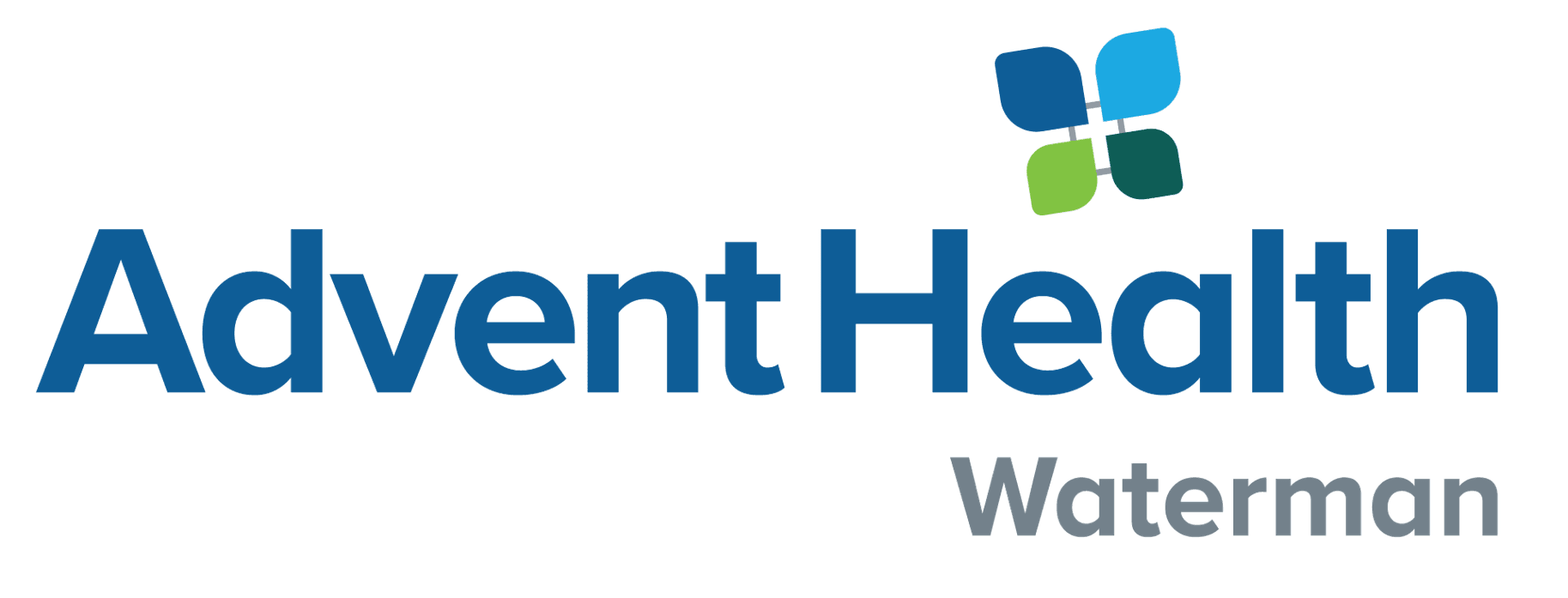 AdventHealth
AdventHealth -

-
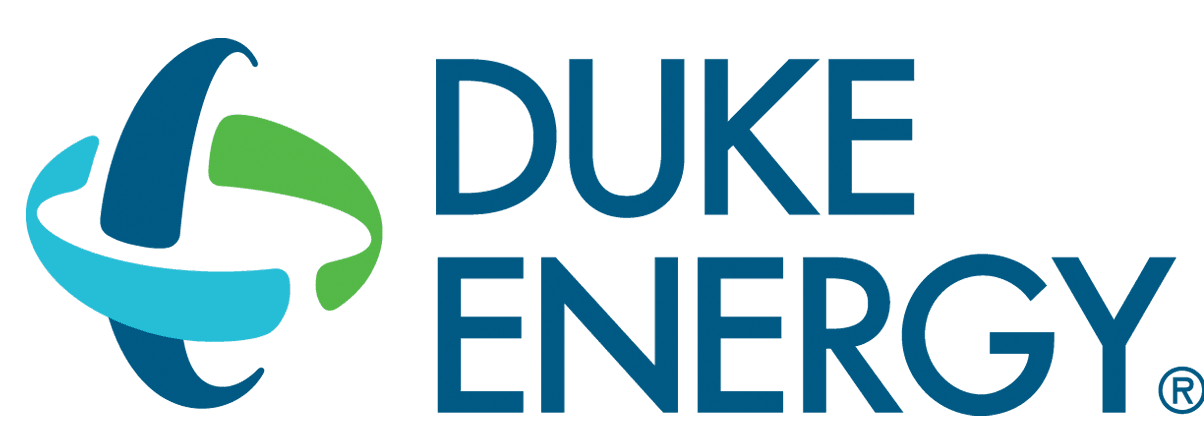
-
 USB Logo
USB Logo -
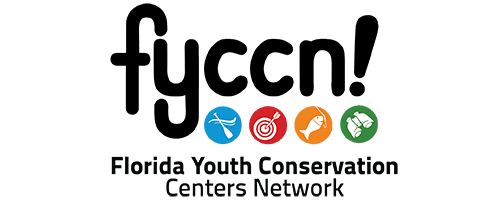 FYCCN
FYCCN
